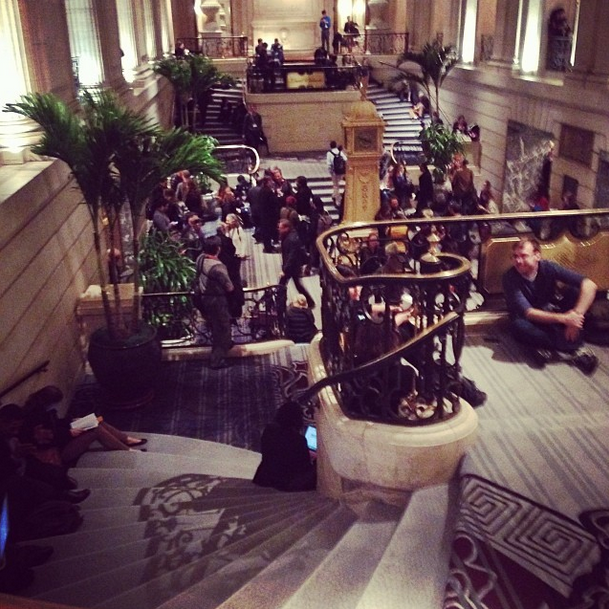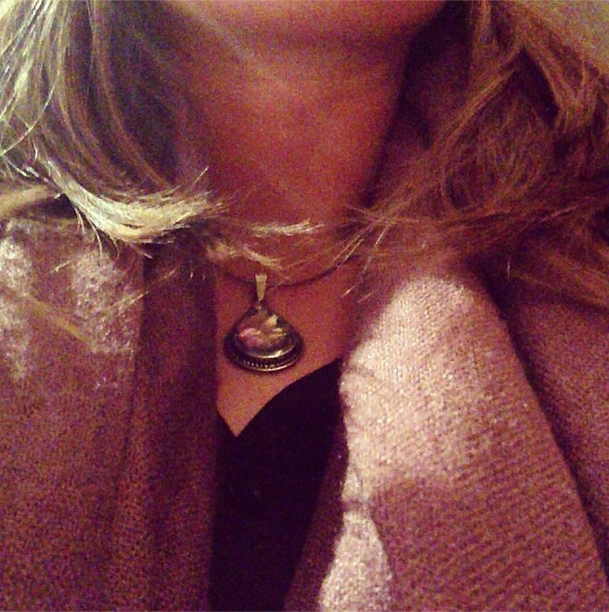Now, this is not the first time I’ve scooped Savage Minds (the post in question)...But back in February 2012, I wrote a fieldnote titled “How to Dress like a Tattoo Artist.” Therein, I analyzed, discussed, and lightheartedly critiqued the ways my tattoo artist friends in La Paz dress. I concluded that “their bodies, in some ways more than other [people’s bodies], are obviously constructed…but though the specifics might differ, their bodies are constructed through the same processes as everyone else’s.”
These processes include, as outlined by Donald Lowe (2005), the work we do, the commodities we consume, and the politics of gender and sexuality [and I would add religion, race, class, etc, etc] to which we ascribe or aspire. In other words, these bodies (all bodies) flexibly accumulate markers through consumption, production and processes of identification. And though obviously much of this works through commodified symbols, most anthropologists are aware of, if not actively critiquing, the contradictions of the capitalist system and the social problems associated with consumptive practices of the late modern era. In short, many of us would not be caught dead in the middle of an anthro conference wearing something that everyone knows was made under unfair labor conditions, mass-marketed, cost more than a day’s salary, or looks too ‘mainstream.’
Thus, the non-commodified symbols carry perhaps more weight with anthropologists than with many other groups (though even with both tattoo artists and backpackers in South America, these are incredibly important). Savage minds lists six categories of anthropological fashion/fashion concern: “anthropological” fieldsite flair, professional-but-not-too-professional balance, critique of capitalism and consumerism, career-stage, subdisciplinary distinctions, and scarves.
Yes, scarves get their own category, as they well should.
For me, the two that most reflect what I wrote about tatuadores are fieldsite flair and the critique of consumptive practices (though I think professional balance could be a subset of this). Both are in the service of authentification, but work in different ways.
Firstly, to keep in mind the problems that arise from the ubiquitous consumptive practices of late-modern capitalism is not only about acknowledging global inequalities and all of the exploitation (of people, non-human animals, and natural resources) that is necessary to produce and sustain such a system of production and consumption (and that obviously is a very important part of it), but is also about performing as a person who is concerned about these things. Because as anthropologists, at least in this century, we are concerned with issues of social justice, to be ignorant or dismissive of these problems would mark one as uncritical, and thus something of a not so great anthropologist. Thus, to dress smartly, thoughtfully, but not entirely professionally, and certainly not in a way that overtly supports unjust productive and consumptive conditions, is to perform authentication (Bucholtz and Hall 2005:500) as an anthropologist.
The flair component of dress performs authentication of another requirement of anthropology: fieldwork. Because anthropology prides itself on use of ethnography, long-term engagement with a fieldsite, and integration into communities in which we study, to wear things that come from or reflect the places we work becomes an important performance as well. Of course at times these things remind us of those to whose kindness and help we owe our information and lifework. But they also are something of a symbol to show to others not only where we work, but it’s importance to us, and that yes, we actually spent enough time in the field to find a beautiful stone necklace, to acquire a beautifully embroidered blouse, or even to be given a tshirt promoting a local business.
And so, in the ways we dress, anthropologists often reflect the twin pillars of anthropology: theory and practice. Savage Minds quotes Carla Jones: “I suppose it is unsurprising that anthropologists are invested in what we wear at AAA, after all this is our social community. Who better than we understand that social meaning is generated through symbols?” Like the very tattoos that tatuadores wear, some symbols are important because of the social capital they connote, rather than their economic worth (use value rather than exchange value to put things in Marx’s terms).
And scarves are just important because they are awesome.
And now, as a nod to perhaps my only consistent blog reader, I shall end with a question. What do you wear (at academic conferences or otherwise) that involves some sort of symbol? Is it conscious or ingrained that you do so? And what do you definitely not wear because of what it symbolizes?
References:
Bucholtz, Mary and Kira Hall
2005 Identity and Interaction: A Sociocultural Linguistic Approach. Discourse Studies 7(4-5):585-614.
Lowe, Donald M.
1995 The Body in Late-Capitalist USA. Durham: Duke University Press.
Further reading:
Adkins, Lisa and Celia Lury
1999 The Labour of Identity: Performing Identities, Performing Economies. Economy and Society 28(4):598-614.
Atluri, Tara
2009 Lighten Up?! Humour, Race, and Da Off Colour Joke of Ali G. Media, Culture, & Society 31(2):197-214
Halberstam, J.
1998 Female Masculinity. Durham: Duke University Press.
Mort, Frank
1998 Cityscapes: Consumption, Masculinities and the Mapping of London since 1950. Urban Studies 35(5-6):889-907.
1995 Archaeologies of City Life: Commerical Culture, Masculinity, and Spatial Relations in 1980s London. Environment and Planning D: Society and Space 13:573-590.



 RSS Feed
RSS Feed
